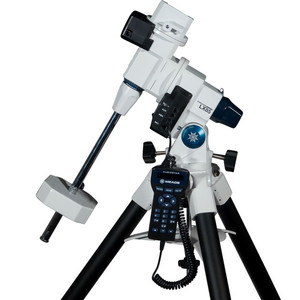Glossary | Telescopes | General | Series | LX85
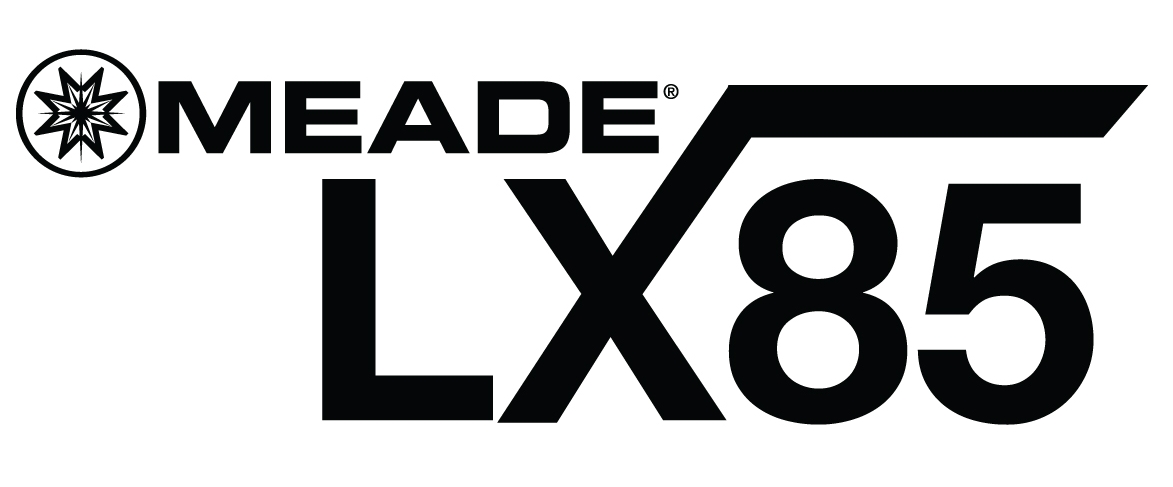
These telescopes equipped with the LX85 mount have been designed with astrophotography in mind. With its powerful servomotors and Meade Smart Drive technology, it follows the sky’s rotation and keeps the telescope accurately tracking the desired object for long exposure times - and without having to do a meridian flip!
The LX85 is particularly light and therefore ideal for portable use in the garden or at an observing location under a particularly dark sky.
The AudioStar GoTo control first correctly positions the telescope and then automatically tracks the object you wish to observe. This is also ideal for beginners!
The LX85 mount follows the usual telescope standards, allowing it to be used with most commercial telescopes up to 15 kg in weight. Meade offers the mount together with a wide range of great optics - inexpensive Newtonian telescopes, Maksutovs for lunar and planetary specialists, all-round ACF optics, and even high-quality apochromats for the discerning photographer!
The LX85 mount allows the connection of an autoguider for precision tracking control.
AudioStar
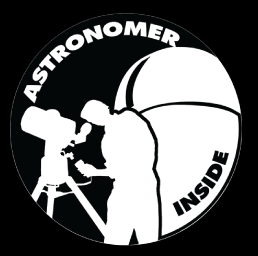
The AudioStar handheld control provides a database of 30,000 astronomical objects. Once aligned to the night sky, AudioStar can position the telescope to point to any of these objects and centre them in the eyepiece - of course only if the object is above the horizon. The GoTo functionality is supplemented by additional features, such as guided tours, position display and connection to a PC.
A special feature of the AudioStar controller is its built-in speaker. The built-in Astronomer Inside technology provides over four hours of audio commentary. The built-in astronomer will relate interesting information about astronomical objects located in the field of view!
Meade Smart Drive
As the telescope shows a magnified image of any astronomical object, an astronomical mount must be very precise. Even small deviations may interfere with longer exposure time images. But small fluctuations will always be present as the worm shaft, which is part of the drive, can never be absolutely perfect. These periodic fluctuations can be detected and compensated for by the computer control. Smart Drive technology enables this ‘permanent periodic error correction’ (PPEC).
Ultra-High Transmission Coatings (UHTC)
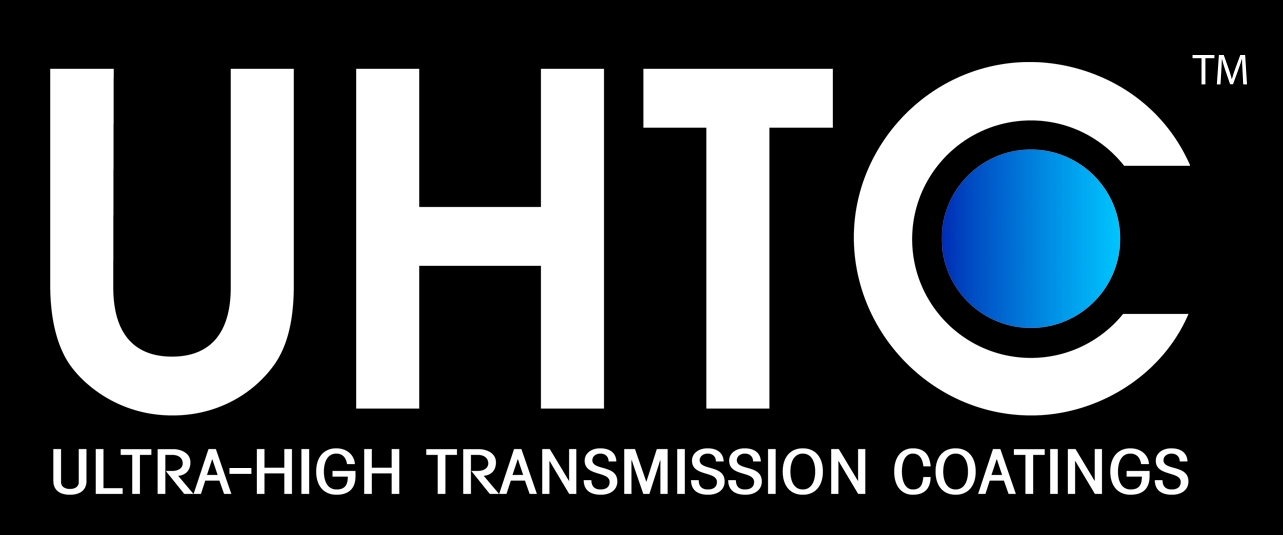
UHTC is a special multi-layer coating on the front correction plate and provides up to 15% more light transmission.
The result: brighter star clusters, finer details in nebular objects and more surface detail on planets!
Advanced Coma-free Optics (ACF)
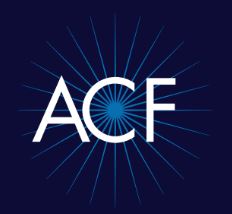
Meade's ACF optical design eliminates the typical aberrations of all mirror optics. Thanks to ACF, the stars are also point-shaped right out to the edge of the image field, displaying no elongated comet-like distortions. This is achieved by employing a hyperbolic secondary mirror, delivering very good images also away from the optical axis.
The image field is flatter than that of classic Schmidt-Cassegrain telescopes.
ACF optical systems show their strengths, especially in astrophotographic applications.
Easy Polar Alignment
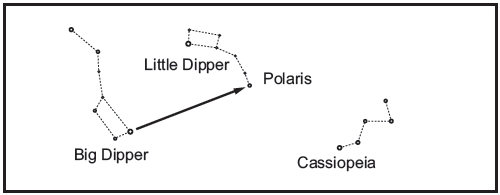
Equatorial telescope mounts must be set up so that one axis of the mount is parallel to the Earth's axis. Once the two axes are parallel then, using a motor, the mount can ensure that the telescope continuously tracks the movement of the night sky.
In the Northern Hemisphere, this telescope alignment can be carried out quite simply using Polaris, the pole star. Due to an accident of nature, this star marks the point at which the Earth's axis penetrates the sky canopy. Polaris can be directly sighted using a polar finder, which can be built into in the axis of the mount.
For astrophotography, however, this alignment is not accurate enough. The view through the polar finder is rather uncomfortable, and furthermore, Polaris may not be visible at all for balcony or garden astronomers.
The computer control of this telescope allows two very elegant methods for the correct alignment of the mount:
One-star polar alignment: The telescope is roughly positioned and the GoTo computer control is initialised. Then simply move the telescope to the home position. The mount will now try to align with Polaris and will roughly achieve this. Simply fine-tune the alignment using the mechanical adjustments of the axes, and you’re done!
Two-star polar alignment: With the method described above, you need a clear view of Polaris. If this is not the case, you can also perform the alignment by pointing at two stars in succession that are visible from your location.
The LX85 mount is also available separately.

